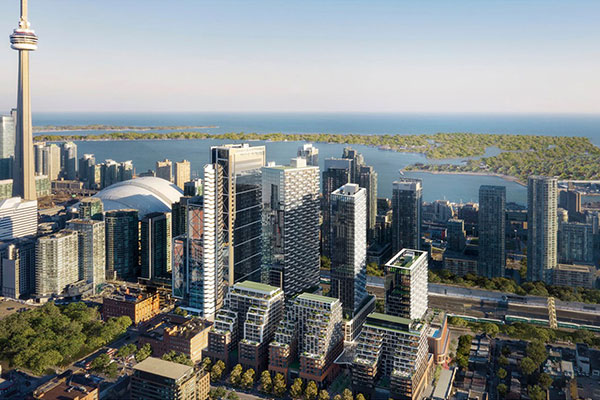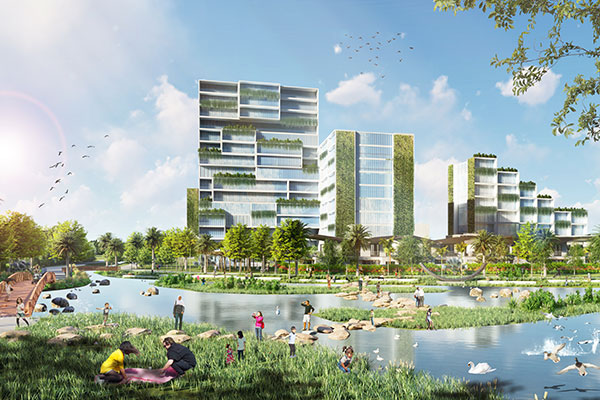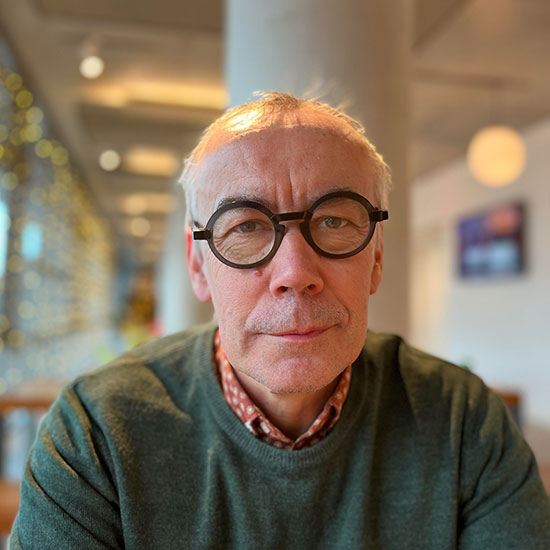Themes
This is important to commerce and retailing, to teaching, research, innovation, economic activity, sport, healthcare, culture and government. While many of these things can be done online, they are done more effectively in person. The role of cities is to provide the physical space to facilitate this human interaction. Where this is done well, the outputs are greater than the sum of the individual inputs – the good city amplifies human activity.
Perhaps the most important role for cities is as place of community, a place where people from different backgrounds can live in supportive communities.
Five ‘Good City’ solutions
1. Understanding urbanism
Urbanism is about designing cities for people at the human scale, to make life better, and to create places that will remain valuable over time. But it is about more than design, it involves economics, social issues, and environmental factors all of which need to be considered in creating good places.
2. Walkable neighbourhoods
3. Encouraging a mix of uses
The Good City mixes-up uses; housing and workspace, shops, local facilities, schools and leisure activities. The aim is to ensure that people can do most of what they need to do every day within a short walk of their home, a concept that has become known as the 15 minute city. This is efficient, cuts down on the need for transport and means that places remain lively and safe throughout the day.
4. Welcoming public realm
People live and work in buildings, but they come together as citizens in public spaces; in streets, squares and parks. From parades and festivals to meeting with friends and family, a city’s public realm provides the spaces that foster civilised city life. encourage people to live together.
5. Sustainable density
The Good City exists to concentrate and focus human activity. This is based on the number of people living and working within a defined area (density) as well as the amount of development (Floor area Ratio). The Good City achieved this intensity without compromising on the quality of housing, community, wellbeing and quality of life.
Case studies

The Well
Toronto, Canada
In high rise, multicultural cities like Toronto, adding density is an important alternative to expanding urban sprawl.

Patimban New City masterplan
Subang, Indonesia
BDP were commissioned by JICA for the West Java Government to develop a 528 hectare mixed-use and waterfront development concept masterplan within Patimban New City, Indonesia.

